Laura Ashley may have suffered torrid trading over the past few years, but it started 2020 by taking action to stop the rot. With a £20m loan secured and a new boss in post, can the heritage retailer do enough to survive?
- New CEO says key to revival is updating vintage products in “a cool and modern way”
- Retailer looking to appeal to younger generation via tie-ups with Urban Outfitters and Barbour
- A full brand refresh is needed and it will be a battle to revive itself on a shoestring
- How Burberry repositioned itself from its cheapened 2000s reputation to an on-trend brand for younger consumers
Laura Ashley posted widening pre-tax losses at the interim mark earlier this month, while like-for-like sales slumped 10.4% and online sales slid 15.5%.
It’s a bleak picture for the once sought-after fashion and homewares brand – but new chief executive Katharine Poulter, former managing director at Wilko, is confident she knows how to revive the business’s fortunes, thanks to Laura Ashley’s outspoken customers and staff.
“When I came into work, I was met with a deluge of passionate letters, emails and social media posts telling me what I need to do and that is be bold,” she says.
“I’ve been sent photos of our vintage dresses, vintage wallpapers, vintage sofas, all of which sent me a really, really clear message – that we should update them in a cool and modern way.”
Laura Ashley is not alone. There are many brands, from M&S to Monsoon, that are grappling with how to use their brand heritage to revive their business. But can this approach really work?
Delve into the archives
In some respects, Laura Ashley is lucky as its classic aesthetic – 1970s floral prints – is back in fashion. Visit any young fashion retailer, from Topshop to Boohoo, and you’ll find many dresses of this ilk.
Laura Ashley is looking to capitalise on this. It has launched a series of partnerships in a bid to put its products front of mind for a new generation of consumers. The retailer will launch new fashion collaborations with iconic British brand Barbour and menswear label Rag & Bone this year, as well as a new capsule collection with Urban Outfitters following a successful launch last year.
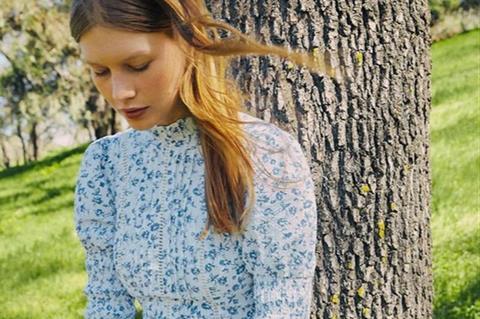
It is also delving into its archives to reintroduce heritage lines into both its fashion and homewares ranges.
It’s a tactic that Poulter believes has already shown signs of bearing fruit, as she says the retailer has stemmed its sales decline over the past seven weeks.
“At the heart of everything is our range – if we get the product right the money will follow,” says Poulter.
“We’ll be looking for growth opportunities as we move the business forward and investing in product, investing in brand and investing in design.”
Kantar analyst Anusha Couttigane believes that the retailer’s objective to get back in touch with its roots could resonate with shoppers, particularly if Laura Ashley is canny about aligning its brand revival with key events during the year, such as the 50th anniversary of Glastonbury this summer. She says this would be a good opportunity for the brand to revive the “pastoral themes and romantic heritage” of its fashion arm.
However, Couttigane warns that a delve through the archives alone doesn’t a turnaround strategy make.
“Burberry successfully redeployed its brand with a heritage outlook and used their archives for inspiration reimagining the brand. But they didn’t do that in isolation and it wasn’t just a product revival, and I think that is key,” she says.
Learning from Burberry
At the turn of the 2000s, Burberry’s reputation was languishing as over-exposure of its iconic check print and a rise in counterfeit goods were undermining the value of its brand, which was becoming more easily associated with Danniella Westbrook and caps worn on council estates than a luxury fashion powerhouse.
Burberry took a number of measures to reassert itself as a heritage, high-end business.
Former chief executive Rose Marie Bravo honed in on the retailer’s trenchcoat as a product staple “worth saving”, but dramatically scaled back the use of its check print across other core lines – a move that was taken a step further by successor Angela Ahrendts, who removed the check print from all but 10% of the luxury retailer’s core lines.

The brand also conceded it had become overly reliant on an older customer demographic and launched new brand lines to redress this balance. In a bid to appeal to younger shoppers the brand launched its Thomas Burberry range in 2003, which was sold through tie-ups with retailers including Urban Outfitters and Selfridges.
The range was priced up to 40% below the retailer’s core range. The business ran this line in tandem with its core Burberry London collection and high-fashion focused Prorsum lines until 2009. Although it was discontinued at that time for underperformance, the new brand had done its job of repositioning Burberry as an on-trend brand for a younger shopper.
Ahrendts also ploughed investment into the refurbishment of Burberry’s Regent Street flagship in 2012.
At the time Ahrendts said she wanted the experience of walking through the doors of the flagship to be “just like walking into our website”.
Boasting a huge screen showcasing catwalk shows from around the world streamed live and offering products showcased for immediate purchase, the store was a step change into how digitally savvy a luxury fashion retailer could be and placed Burberry at the cutting edge of digital technology in luxury retail – a position the brand still holds to this day.
“For me, the bigger issue is that I can call to mind the aesthetic of Laura Ashley but I can’t tell you anything else I’d associate with that brand in term of experience, stores or other core brand elements”
Anusha Couttigane, Kantar
The world of luxury and mainstream may be different but there are some learnings to take from Burberry.
By comparison to its well-rounded transformation plan, Couttigane argues that Laura Ashley’s strategy seems a little thin on the ground.
“Laura Ashley seems very focused on archived dress design, which is all well and good, but it’s not all that people want. They want a brand that has a distinct identity and purpose. For me, the bigger issue is that I can call to mind the aesthetic of Laura Ashley but I can’t tell you anything else I’d associate with that brand in term of experience, stores or other core brand elements.”
GlobalData global retail research director Maureen Hinton agrees and says a memorable store format or even flagship store is important for any heritage brand – pointing to Liberty London as an example of a retailer that is arguably more iconic for its property than for the specific products it sells.
Modernising the product and brand
While she believes that “piggybacking on another brand’s equity” via tie-ups with Urban Outfitters and Barbour could reinvigorate Laura Ashley’s brand reputation to some degree, a more substantial rethink of how to appeal to a younger shopper is needed.
“The problem is if you go back into your archive you just repeat what is in there. To me it’s a signal that you haven’t got any good ideas,” she says.
Hinton points to businesses such as Dr Martens, Birkenstock and Levi’s as brands that have kept their heritage front of mind while updating and tweaking ranges to ensure they stay in step with changing trends. They stay true to a small range of core products – the 501 jean or Dr Martens 1460 boot – while continually innovating the wider product range.
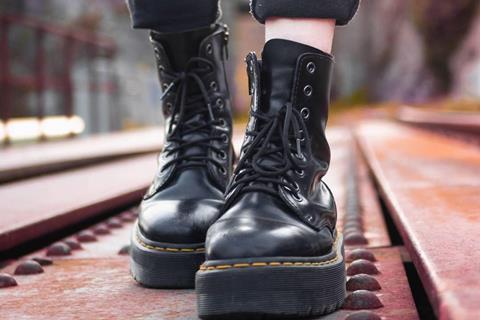
While Hinton fears that Laura Ashley may have missed the boat on the ‘modest dressing’ trend last year, for which its floor-sweeping florals would likely have been a big hit, she points to the success of Wayfair as a testament to the fact that prints are still on trend in homewares.
However, she says key to Wayfair’s success in this area was adapting floral, chintzy designs “so that they look modern”.
Couttigane agrees: “As much as people hark back to being inspired by their mother or grandmother’s fashion choices, the average consumer doesn’t actually want to replicate their mother or grandmother’s style or shopping habits – they want to buy things that feel relevant to today through channels they want to use.”
There is also a danger that Laura Ashley overuses its chintzy prints. Hinton says that Liberty, another heritage brand famous for its prints, limits the use of its flowery, William Morris-style fabric to keep it fresh and relevant.
“If you go back into your archive you just repeat what is in there. To me it’s a signal that you haven’t got any good ideas”
Maureen Hinton, GlobalData
“It used to be sold on masses and masses of fabrics, but now there is quite a limited range of products like accessories, scarves and soaps,” she says.
Hinton argues that by having a niche product offering using these prints Liberty has kept its heritage aspirational while still remaining first and foremost a department store that sells other brands.
It’s not just product that Laura Ashley needs to modernise, it needs a brand refresh. It needs to be seen on the right people – people younger shoppers aspire to dress like.
There have been some positive steps here. Recent TV appearances from presenters Holly Willoughby and Kate Garraway wearing Laura Ashley dresses resulted in a rise in demand, according to Poulter.
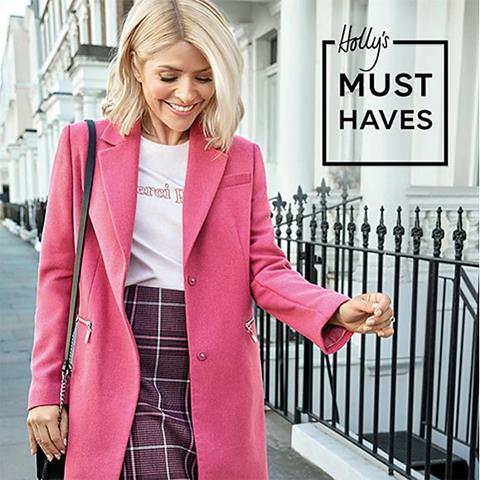
While building desirability through celebrity tie-ups and endorsements is an important means of brand rehabilitation, Laura Ashley should be mindful of collaborating with celebrities that resonate with the demographic they want to appeal to.
While fellow heritage retailer Marks & Spencer’s recent collaborations with Holly Willoughby have proven successful, the department store retailer’s previous tie-ups with celebrities such as Alexa Chung have fallen flat, having strayed too far from the kind of celebrity that the retailer’s customer base identifies with.
There is no denying that Laura Ashley faces an uphill battle to revive its brand on a shoestring.
New boss Poulter will hope that brand partnerships and archival designs will prove the right place to start for a heritage brand at risk of passing its sell-by date.





















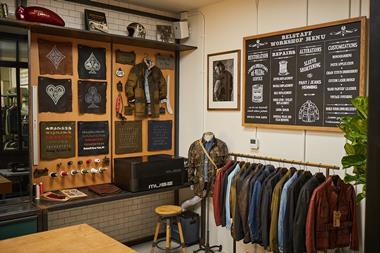

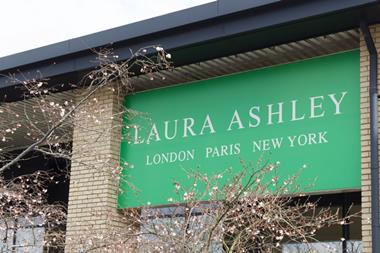
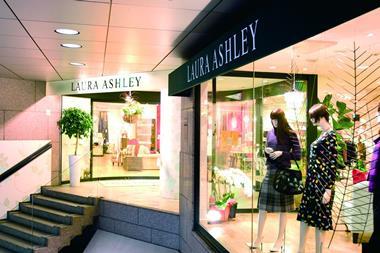
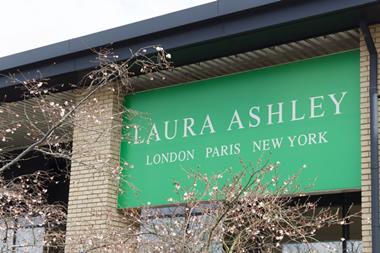
No comments yet